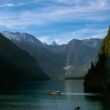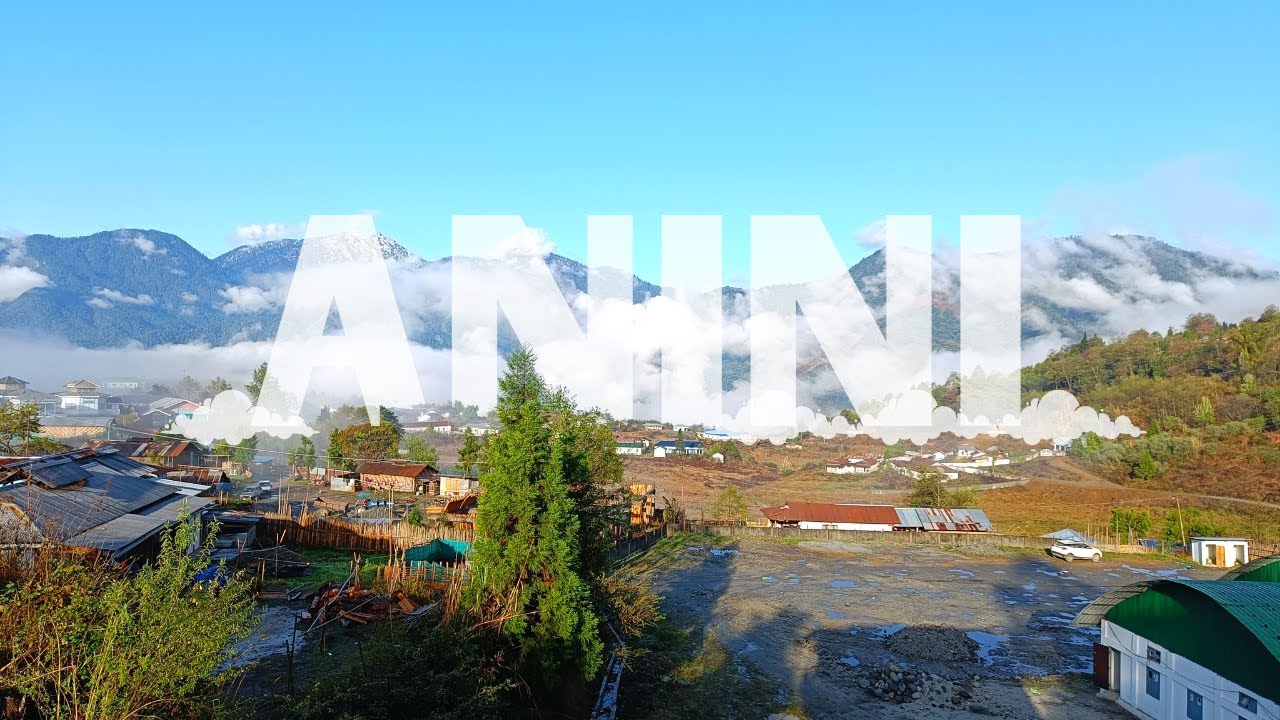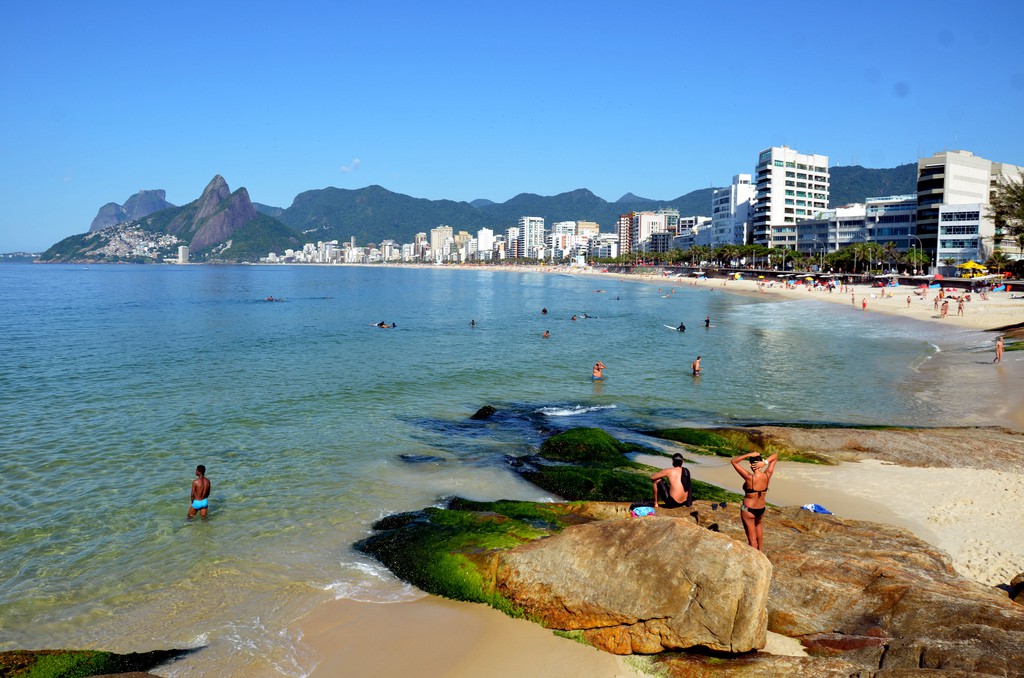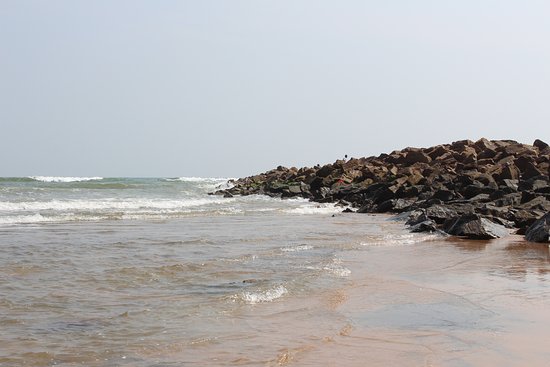Namdapha National Park is a protected area located in the easternmost part of India, in the state of Arunachal Pradesh. The park is known for its diverse flora and fauna and is considered one of the last remaining wilderness areas in the country.
The park is situated in the foothills of the Eastern Himalayas and covers an area of around 1,985 square kilometers. It is home to a wide variety of plant and animal species, many of which are found nowhere else in the world.
One of the main attractions of the park is its rich biodiversity. The park is home to over 4,000 species of plants, including many rare and endangered species. The park also has a diverse range of animals, including tigers, elephants, leopards, and many species of deer and birds.
In addition to its rich biodiversity, the park also has a rich cultural heritage. The park is home to several tribal communities, who have lived in the area for centuries. These communities have a deep connection to the land and the natural resources it provides, and have developed a unique way of life that is closely tied to the park’s ecology.
Despite its many natural and cultural treasures, Namdapha National Park is still relatively unknown to the outside world. The park is remote and difficult to access, and there are few facilities for visitors. However, those who do make the effort to visit the park will be rewarded with an unforgettable experience of one of the last truly wild places on earth.
Despite the challenges, the government and local communities are working together to develop ecotourism in the area, which can provide a sustainable source of income for local communities and also help in the conservation of the park.
Overall, Namdapha National Park is a unique and precious natural area that offers visitors the chance to experience one of the last remaining wilderness areas in India. It is a must-visit destination for nature lovers, and for anyone interested in learning more about India’s rich biodiversity and cultural heritage.
Best time to visit Namdapha National Park
The best time to visit Namdapha National Park is between October and April. During this time, the weather is relatively mild and the park is less likely to be affected by monsoon rains. The park remains closed during monsoons as the trails become slippery and dangerous, and also the park is not accessible due to roadblocks.
In October and November, the park’s forests are alive with the colors of fall, and this is also the best time to spot a wide variety of birds and mammals. December to February is the best time to see big cats like tigers and leopards as they can be spotted in the open meadows.
March and April are also good months to visit, as the park’s flora is at its most lush and vibrant, and the temperature is comfortable for hiking and other outdoor activities.
It’s worth noting that the park is located at a high altitude, so it can get quite cold at night, even during the warmest months of the year. Visitors should be prepared for cool temperatures, and pack accordingly.
Overall, the best time to visit Namdapha National Park is between October and April, when the weather is mild, the park is open and the chances of spotting wildlife and enjoying the park’s natural beauty are at their highest.
How To Reach Namdapha National Park
Reaching Namdapha National Park can be a bit challenging, as it is located in a remote area of India’s Arunachal Pradesh state. However, with some planning and preparation, it is definitely possible to get there.
By Air: The nearest airport is Mohanbari Airport in Dibrugarh, Assam, which is around 300 km away from the park. From there, visitors can hire a car or take a bus to reach the park.
By Train: The nearest railway station is Tinsukia Railway Station in Assam, which is around 300 km away from the park. From there, visitors can hire a car or take a bus to reach the park.
By Road: The park is well connected by road with major cities in the region. Buses and taxis are available from Dibrugarh, Tinsukia, and other nearby towns to reach the park. It is advisable to check the road conditions in advance as monsoons can cause landslides and roadblocks.
Once you reach the park, the only way to explore the park is on foot. The park does not allow any kind of vehicles inside the park, hence visitors can either trek or hire a porter.
It’s worth noting that the park is located in a remote area and access to amenities such as electricity, mobile network, and medical facilities is limited. Visitors should come prepared with the necessary equipment, food, and medicine.
Overall, reaching Namdapha National Park requires some effort, but the journey is worth it for the chance to experience one of the last truly wild places on earth.
Similar Articles
Frequently Asked Questions About Namdapha National Park
Q. What is the best time to visit Namdapha National Park?
A – The best time to visit Namdapha National Park is between October and April. During this time, the weather is relatively mild and the park is less likely to be affected by monsoon rains.
Q. How big is Namdapha National Park?
A – Namdapha National Park covers an area of around 1,985 square kilometers.
Q. What kind of animals can be found in Namdapha National Park?
A – The park has a diverse range of animals, including tigers, elephants, leopards, and many species of deer and birds.
Q. Can I drive inside the park?
A – No, the park does not allow any kind of vehicles inside the park, hence visitors can either trek or hire a porter.
Q. Are there any facilities available inside the park?
A – The park has limited facilities, such as basic accommodation and food. Visitors should come prepared with the necessary equipment, food, and medicine.
Q. What kind of activities can I do inside the park?
A – Activities inside the park include wildlife viewing, bird watching, trekking, and camping.
Q. Is there any safety concern while visiting the park?
A – As the park is located in a remote area, visitors should be prepared for the lack of amenities and potential hazards such as wild animals and difficult terrain. Visitors should also be aware of the political situation in the area and check for any travel advisories before visiting.
Q. Are there any guides available for the visitors?
A – Guides are available on hire from the park authorities, who can help visitors navigate the park and spot wildlife.









